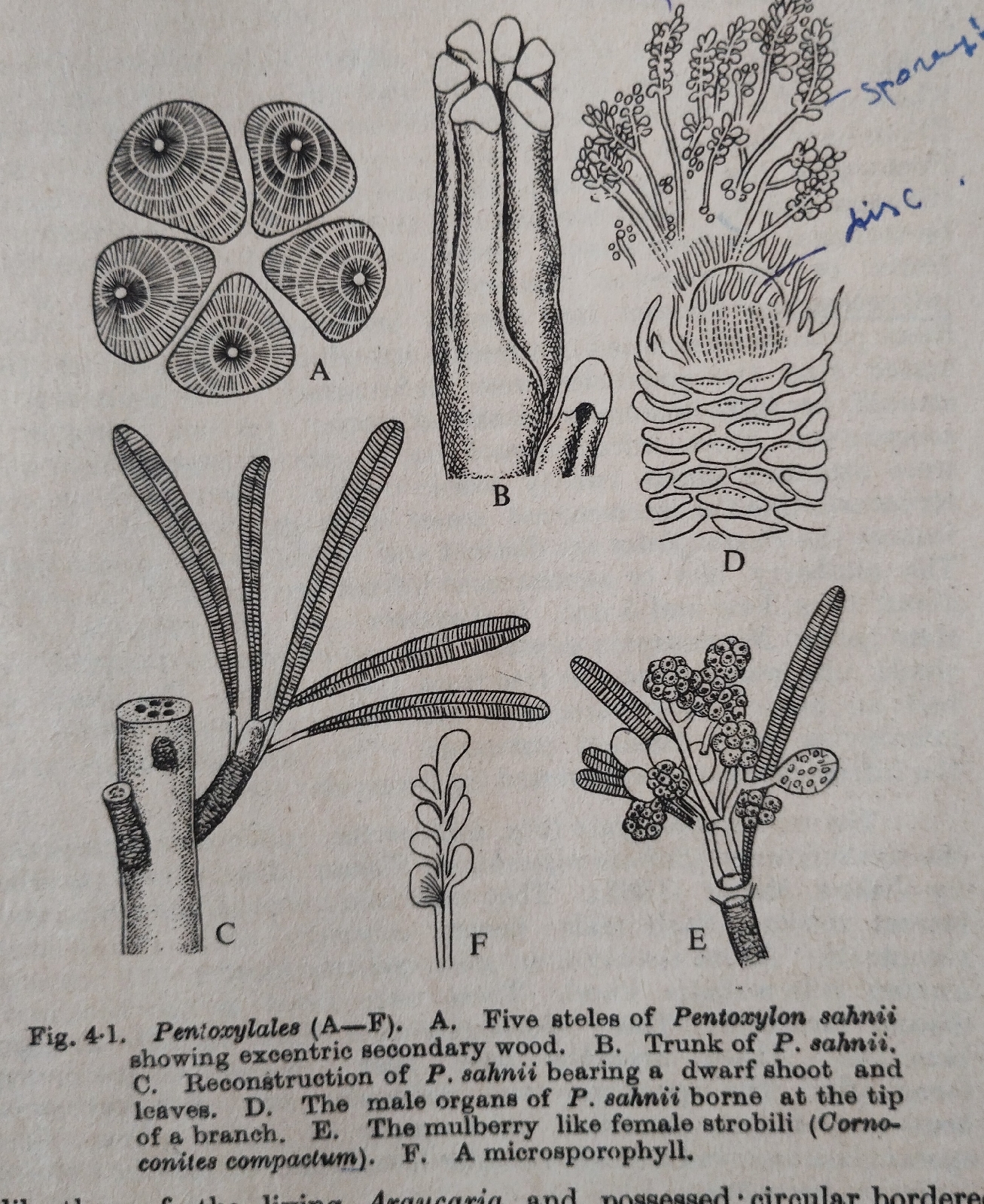Degeneration of Sex in Fungi
Degeneration of sex in fungi :-
In Fungi, simplification of sex organs is observed from lower groups to upper groups:-
1.In Mastigomycotina,a lower group of fungi,isogamy,anisogamy or oogamy resulted into zygote.
2.In Ascomycotina & Basidiomycotina, the sexual reproduction process is progressively simplified in different directions with well- established sexuality.
3 Whereas ,sex organs are absent in few higher fungi of basidiomycotina,though sexual reproduction is well established.
Degenaration sex in non - septate and ceonocytic fungi :-
1. The members of Oomycetes of Mastigomycotina , like Pythium , Phytophthora etc.female oogonium is fused by male antheridium to develop either oospore or zygote. It is considered as an advanced type of sexual reproduction.
2. In the members of Zygomycotina like Mucor,Rhizopus etc, morphologically similar but physiologically disimilar (+ and -) gametangia copulate to from zygospore .
It means that advanced oogamy of Mastigomycotina is simplified in Zygomycotina where male and female sex organs are abolished.
Degenaration of sex in Ascomycotina :-
The members of Ascomycotina show gradual degenaration of sex :-
1.In Pyronima confluens , and in others oogamy is observed where antheridial nuclei migrate into the ascogonium and lateron ,at the tip of ascogenous hyphae crozier is formed.At last in the penultimate cell of the crozier opposite nuclei fuse to from zygote, which performs meiosis and mitosis respectively to from eight ascospores.
2. In Penicillium vermiculatum, ascogonium and antheridium simultaneously developed but it has been observed that antheridial is non-functional and female nuclei arrange in pairs and lastly ascospores are formed by direct development method.
3.In Aspergillus herbariorum ,though antheridium coils round the oogonium but fails to make a content by the trichogyne,but female nuclei paired in the oogonium .
4.In Collema pulposum ( an ascomycetes lichen ) ,the function of antheridium is replaced by asexual spores like conidia,oidia etc. That is ,oogonium and asexual spores fuse to each other .whereas , in Humaria granulata somatic hyphae unite with the physiologically different Ascogonium.
5.In Humaria rutilens sexually different two somatic hyphae unite instade of the sex organs .
In Ascobolus degenaration of sex is well established by its members.
a) In Ascobolus scatigenous and A. strobilinus well developed antheridium spirally coiled around the ascogonium and transfer male nuclei through trycogyne.
b) But in Ascobolus carbonarius , antheridia is replaced by specialised spermatium to perform spermatization.
C) In A.citrinus oogonial nuclei pass to the ascogenous hyphae by autogamy due to the absence of antheridia.
D) In A. furacurs both male and female sex organs are absent ,but copulation is performed by somatogamy.
E) In A.equines appomix is performed as sexual act is completely abolished.
Degenaration of sex in Basidiomycetes:-
1.In Polyporus and Agaricus ( class :Hymenomycetes) monokaryotic mycellium is well - developed and extensively branched.
2. In Ustilago zeae, ( of class : Taleomycetes) monokaryotic stage is poorly developed.
3. In Ustilago sagetum infectous thread developed from basidial cells and plasmogamy and dikaryotic condition are established between the infectous thread of opposite meeting types.
4. In Tillatia caris, mycellial involvement is replaced by sporodia.



Thank u very much sir💝
ReplyDelete